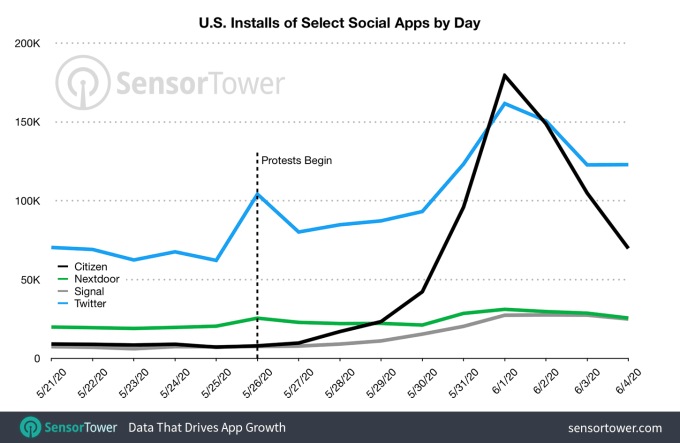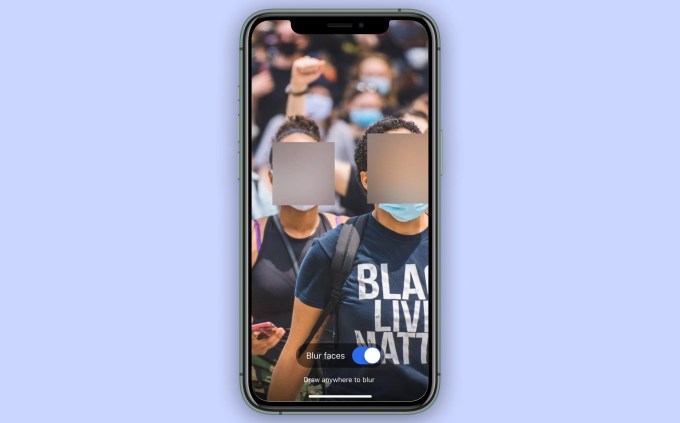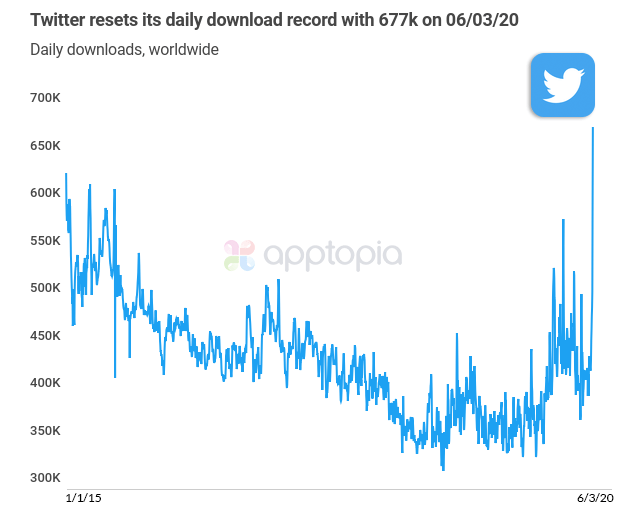Amy Errett’s company, Madison Reed, sells women’s in-home hair coloring products. It may not sound like a glamorous business but, as it turns out, it’s a very durable one, done the right way. Not only has the seven-year-old outfit been slowly chipping away at the dominant personal care giants like L’Oreal that have long controlled what’s currently a $30 billion market, but during one of the most dramatic economic downturns of the past century, it has been attracting new customers.
In fact, Errett — who was previously a VC with Maveron and has a side hustle as a venture partner with True Ventures — says the 300-person company is seeing revenue in excess of $100 million per year and that it will be profitable in the second half of this year. Presumably, that makes it a likely candidate for an IPO in the not-too-distant future.
We asked Errett earlier this week for an update on the business, which has raised $125 million to date from investors, including True Ventures, Norwest Venture Partners, and Comcast Ventures. Our chat has been edited for length and clarity.
TC: Like a lot of direct-to-consumer brands, you more recently began opening real-world stores — color bars. How many did you have up and running before COVID-19 took hold?
AE: We had 12. We are reopening them now with 20 [because we had] eight that never got opened in March, April and May. We’ll end the year with 25.
TC: Are they just scattered around the U.S.?
AE: They’re in hubs that we have selected based on the demographics of the women that live in those hubs and what we know from our online business. So they are in Northern California, where we’re headquartered. They’re New York, Dallas, Houston, and the Washington D.C. area. And we’re reopening in Atlanta, adding more in Dallas and Houston, and by year end, we’ll be in Miami and Denver.
TC: Can you comment on the financial metrics of the company? At one point, we’d read the company was doing around $50 million annually with 78% gross margins.
AE: The product margin of the business is in excess of 80%, meaning the actual product; the gross margin of the business, meaning fully loaded, is 60%. The growth has been amazing. We have 300,000 subscribers now, and we’re ahead of 2x the financials [you stated]. We’re a private company, so I don’t disclose [specifics] but we will be profitable the second half of this year.
TC: Obviously, you’ve captured some new customers who couldn’t go to a salon during this national lockdown. What percentage of your overall business do those 300,000 subscribers represent?
AE: It moves from day to day. So 52% of women in the U.S. color exclusively at home; 48% go to salons, some to our color bars; then 25% are called duelists. They’re excessively gray, or they want to stretch out salon appointments, so they do their hair at home [in between bookings].
Typically, 60% of the people that come to us that are salon goers, and 50% are home users. During the surge, the numbers did tip in the direction of 70% of the people that were coming to us were salon goers because they had no other place to go. The good news is that we are retaining an enormous amount of them. The average [subscriber] orders from us every six weeks, then we have people who buy a single box but there are serial one-timers who act like subscribers, so these are startlingly sustainable cohorts compared to typical D2C businesses.
TC: So you didn’t lay off anyone even as you were closing these color bars?
AE: I think seven employees decided they had kids at work and couldn’t even work on a distributed work basis, but we have not done any furloughing. We closed all of our color bars around March 15. . . and we moved all of our in store colorists to our call center. We had to buy and send headsets to everyone at home, teach them about all of the technology support in customer service, which is very different than the skills you’d use working in the store. And away we went.
[Everyone at our call center] was already a certified licensed colorist as our sale is a very technical sale. Every woman in the world has at least five bad hair stories, so we put what I call a belt and suspenders around the advice because the most important thing for a customer at Madison Reed is to get the color right. You get one shot.
TC: States are reopening. As colorists return to your stores, what precautions are you taking, and how uniform are your processes across different states?
ER: We are reopening stores, at first with retail only [where] we’ll get the bag and bring it out to you, and [over time] with sensible scheduling. We don’t know when we’ll go back to every chair.
And we’re taking the most stringent guidelines of any state and laying that across the entire system. So even if a state says that a client doesn’t need to wear a mask, we’re wearing masks and our clients are wearing masks. Some people don’t want to do that. That’s okay. Then we’re not the right place for people to come if that’s true [because] our clients’ and our team members’ safety comes first.
TC: Last year, you announced a plan to roll out 600 stores, 100 of which would be operated by the company and 500 that were to be franchised. Is it fair to say that those plans are on hold and, if so, are they perhaps permanently on hold?
ER: We were just starting to sell franchises in February. We actually had our first set of meetings with potential franchisees and we were about to file the documentation that one needs to file for disclosure of franchises — then this happened. And we made a decision right now that for the rest of this year, we’re pushing that decision off. We have not decided whether that’s final or not.
I think one of the things that I’ve learned through all of this is that making big, broad decisions right now isn’t the smartest thing a CEO can do. The world is just in flux. I can’t tell you with certainty what date we can take people back into our headquarters. I can’t tell you with any certainty if there [will be a] vaccine or a drug protocol or if it’s going to spread again or there will be hotspots. I can’t tell you, and I don’t think anybody can.
TC: Given your traction, is there any reason your next funding event wouldn’t be a a public offering?
ER: This is a massive category that has been widely overlooked. And when you look at the size of the prize — $15 billion alone in the U.S., with repetitive purchase patterns – – it has all the characteristics of a successful–
I’m an investor [too]. I was a GP and open and ran Maveron’s office in the Bay Area. Connie, you and I probably first met while I was a VC, having a more relaxing life. I’m also a partner at True, so I do invest as well as part of the investment team. And so I’m actually just commenting with that hat on. Like, 80%-plus of our revenues are recurring in this company. At our color bars, we’re the only people who have the ability to use our own product.
TC: Meaning?
The stylist is never going to give the product to most women going to a salon today. They’re never going to say, ‘Oh, you’re going on vacation? Take this home with to you.’ I use Madison Reed and I can walk into a Madison Reed color bar and get the same consistency. The same exact color that I could take home, someone’s going to apply for me. That is a game changer in this industry.
We are the only people who are agnostic as to whether you want us to color your hair [in a store] or you do it at home. If you look at L’Oreal, 85% of its business is selling tubes of color to stylists in salons. It is not a direct relationship with a consumer. The direct relationship with the consumer is the box sitting at Walgreens, which is a very small percentage of their business and it’s not a percentage they’re [focused on] because the margins are so thin. Remember, they’re charging $10; I’m charging $25.
The secret sauce here is that L’Oreal’s and Unilever’s professional channel [creates] a conflict for them to innovate directly, based on technology or otherwise, to the direct consumer.
TC: Do you see them moving in your direction?
They are smart and they can decide that they’re going to come after us in different ways, and that’s fine. I’ll take the customer service, the relationship to the client, the product innovation, the way that we lead with mobile technology first any single day.
TC: Speaking of these giants, how many products does Madison Reed sell currently, and what might you roll out that would surprise customers?
AE: We have about 15 products, all in the category of [ammonia-free] hair color that’s better for you, whether it’s permanent hair color, semi-permanent hair color, glosses, toners, a highlight kit with non-ammonia bleach . . .We’re also rolling out color depositing masks [that you apply in the shower] that aren’t permanent.
And then I’ll just give you this hint: right now our business is really focused on women, so you can imagine that there’s a separate gender that may color their hair. That is a market that’s just terrific, right? Just for Men? I mean, are you kidding me? We’re going to blow the doors off that market.

Source: Tech Crunch












